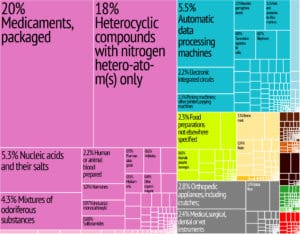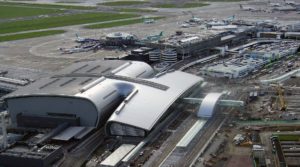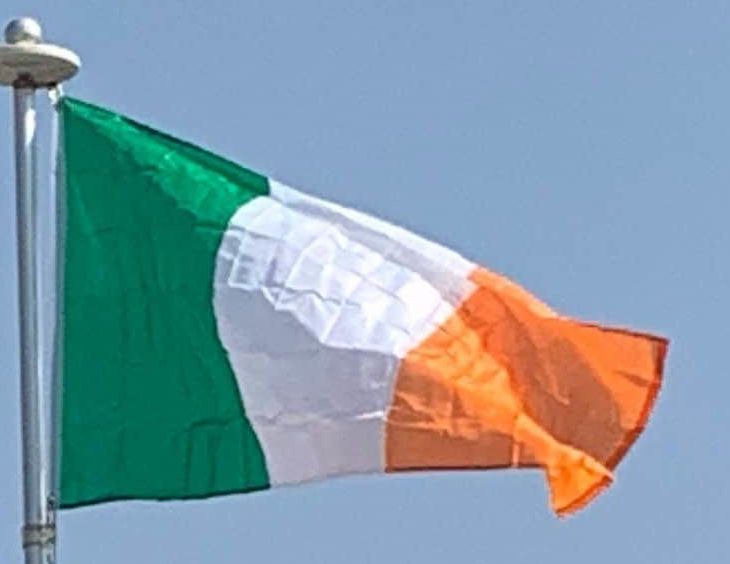
Ireland adopted the euro currency in 2002 along with eleven other EU member states.
The country officially exited recession in 2010, assisted by a growth in exports from US multinationals in Ireland. However, due to a rise in the cost of public borrowing due to government guarantees of private banking debt, the Irish government accepted an €85 billion program of assistance from the EU, International Monetary Fund (IMF) and bilateral loans from the United Kingdom, Sweden and Denmark. Following three years of contraction, the economy grew by 0.7% in 2011 and 0.9% in 2012. The unemployment rate was 14.7% in 2012, including 18.5% among recent immigrants. In March 2016 the unemployment rate was reported by the CSO to be 8.6%, down from a peak unemployment rate of 15.1% in February 2012. In addition to unemployment, net emigration from Ireland between 2008 and 2013 totaled 120,100, or some 2.6% of the total population according to the Census of Ireland 2011. One-third of the emigrants were aged between 15 and 24.
Ireland exited its EU-IMF bailout program on 15 December 2013. Having implemented budget cuts, reforms and sold assets, Ireland was again able to access debt markets. Since then, Ireland has been able to sell long term bonds at record rates. However, the stabilization of the Irish credit bubble required a large transfer of debt from the private sector balance sheet (highest OECD leverage), to the public sector balance sheet (almost un-leveraged, pre-crisis), via Irish bank bailouts and public deficit spending. The transfer of this debt means that Ireland, in 2017, still has one of the highest levels of both public sector indebtedness, and private sector indebtedness, in the EU-28/OECD.
Transportation:
The country’s three main international airports at Dublin, Shannon and Cork serve many European and intercontinental routes with scheduled and chartered flights.

The London to Dublin air route is the ninth busiest international air route in the world, and also the busiest international air route in Europe, with 14,500 flights between the two in 2017. In 2015, 4.5 million people took the route, at that time, the world’s second-busiest. Aer Lingus is the flag carrier of Ireland, although Ryanair is the country’s largest airline. Ryanair is Europe’s largest low-cost carrier, the second largest in terms of passenger numbers, and the world’s largest in terms of international passenger numbers.
Railway services are provided by Iarnród Éireann (Irish Rail), which operates all internal intercity, commuter and freight railway services in the country. Dublin is the center of the network with two main stations, Heuston station and Connolly station, linking to the country’s cities and main towns. The Enterprise service, which runs jointly with Northern Ireland Railways, connects Dublin and Belfast. The whole of Ireland’s mainline network operates on track with a gauge of 5 ft 3 in (1,600 mm), which is unique in Europe and has resulted in distinct rolling stock designs. Dublin’s public transport network includes the DART, Luas, Dublin Bus, and dublinbikes.
